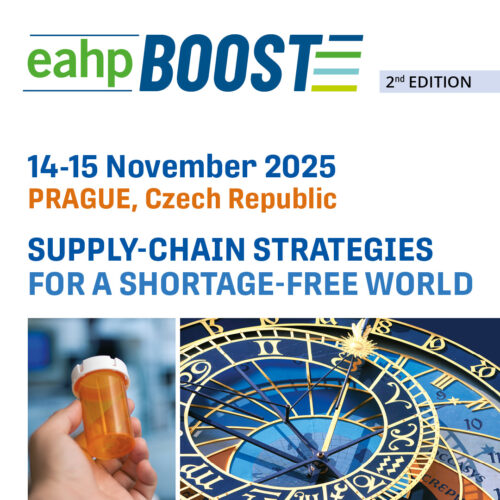Design and dissemination of infographics to improve safety in drug handling
European Statement
Patient Safety and Quality Assurance
Author(s)
Paula Hernando Martínez, María Antonia Meroño Saura, Caridad Marti Gil, Lidia Martínez Valdevieso, Jaime Fernández-Bravo Rodrigo, Dolores Barreda Hernández
Why was it done?
There is a wide bibliography on how human errors related to drugs put the patient’s health at risk. Drug preparation and administration errors, dose calculation errors, lack of knowledge about drugs or interactions, to name but a few. There must be protocols to ensure that drugs are safe for patients, including procedures which professionals should fulfill in order to reduce those errors in processes and guarantee, in such cases, that they will not have adverse effects on patients.
What was done?
Development of infographics for assembling drugs which are susceptible to a higher rate of errors in their preparation and administration to hospitalized patients.
How was it done?
During September 2021, a working group was formed in the pharmacy department (PD). Through the nominal group technique, the design and content of drug infographics was proposed as a solution to the raised problem. Subsequently, a bibliographic research of susceptible drugs to human errors during administration or preparation and those which requiring special handling was reviewed through the list of high-alert medication from National Institute for the Safe Use of Medications website and NIOSH list of hazardous drugs. To this end, the PD databases were analysed, obtaining the drugs that required the greatest number of pharmacotherapeutic consultations made by nursing staff on drug administration and recommendations made during pharmaceutical validation.
What has been achieved?
An infographic model has been designed which includes the description of the drug (name of drug, excipients, dose, pharmaceutical form, dosage regimen, route of administration, concentration), the preparation and administration protocol (reconstitution, dilution, infusion rate, premedication), observations (maximum doses, conditioning, incompatibilities, alerts) and storage conditions (conservation and stability). Infographics on dantrolene, intravenous phenytoin solution, intravenous nimodipine solution and potassium chloride solutions are currently being distributed. These documents are available at the nursing controls and on the hospital’s internal website.
What next?
To increase the availability of drug’s infographics and to update those that have already been developed when necessary. In addition, from the PD, the preparation of administration kits for the solicited drugs is proposed so as to ensure that all the necessary materials for the preparation and administration are included along with the corresponding drug and infographic.
























